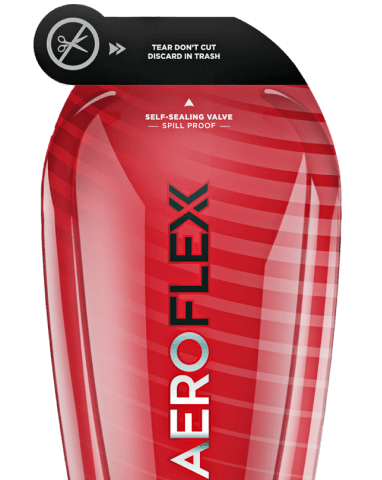Transforming Packaging into a Strategic Growth Driver: A Guide for Brand Leaders
Introduction
Driving revenue growth, expanding market share, and strengthening brand equity across a portfolio of products are constant priorities for today’s consumer packaged goods (CPG) brand leaders. But achieving these goals requires a strategic approach that balances innovation with risk mitigation, captures shifting consumer preferences, and aligns with corporate sustainability initiatives.
In a competitive CPG market, five key elements drive growth and prevent brand commoditization: superior products, superior packaging, superior communication, superior retail execution, and superior consumer and customer value. Achieve the majority of these and you have a winning formula. But one element plays a particularly important role in both consumer engagement and long-term brand loyalty: packaging.
As a brand's first point of interaction, packaging sets the stage for consumers’ perception of your brand. This first impression influences purchase decisions at the shelf or on the product webpage.
But its impact goes next to the in-use experience, which is the customer’s experience with a product after they’ve purchased it. This experience needs to be delightful from the time the consumer first opens the package until the final use, disposal, and reorder. This experience has the potential for a company to either lose a customer or shape long-term loyalty and brand reputation. Packaging should not only attract new customers but also reinforce brand value through convenience, functionality, and sustainability.
When done right, packaging serves as more than just a container—it becomes a brand ambassador. It’s a tangible representation of the quality, innovation, and responsibility of your brand. Brands that successfully integrate innovation with convenience in their packaging can gain a lasting competitive advantage that drives consumer preference and long-term business success.
In this e-book, we’ll explore the strategic role of packaging in today’s CPG market and how brands can leverage it to fuel growth, differentiate from competitors, and build lasting relationships with consumers.
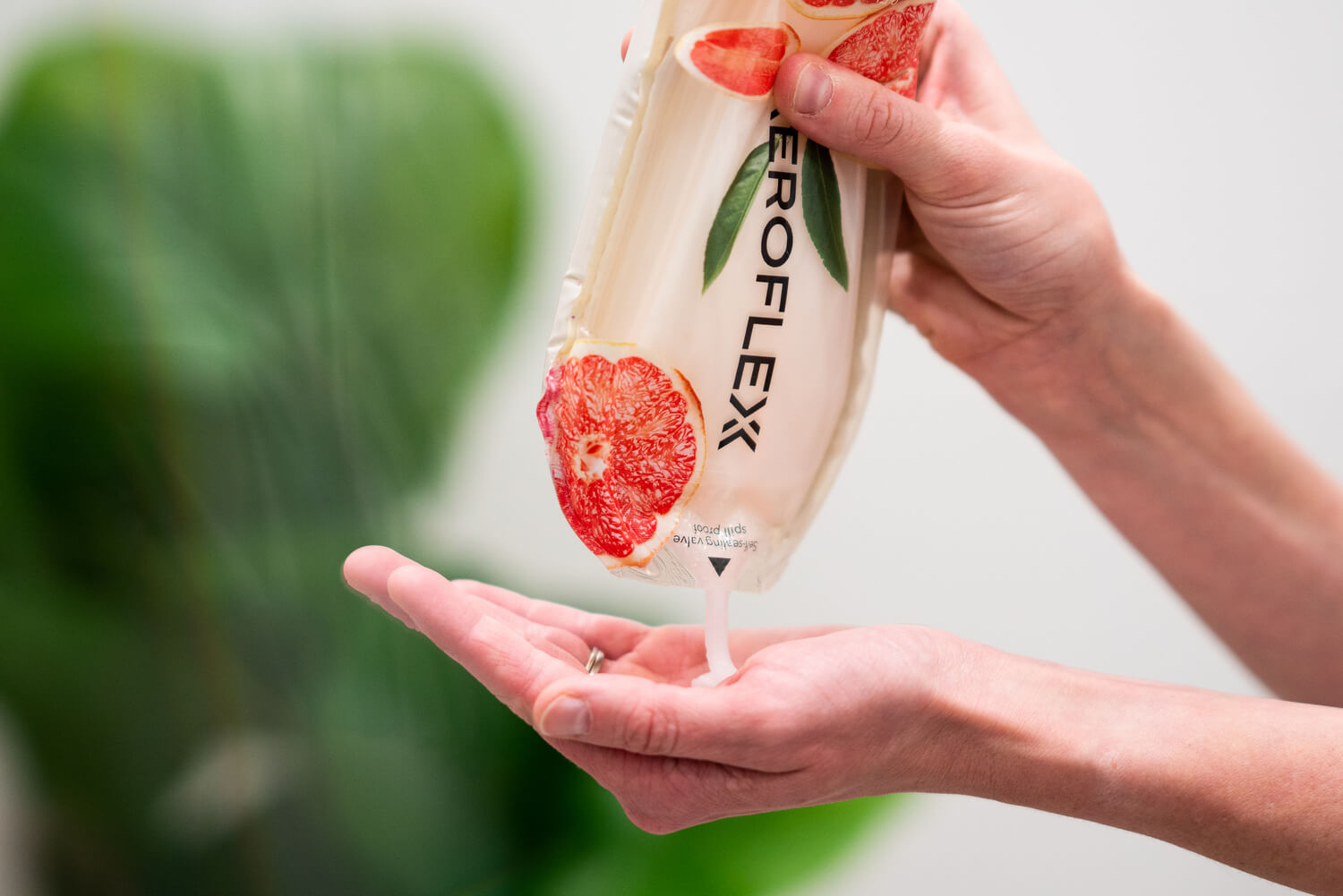
Chapter 1
Global CPG brands are challenged with finding a balance between global uniformity and local market relevance. Different regions around the world have varying consumer preferences, regulatory requirements, and cultural influences, all of which impact how a product is received. While a brand’s identity must be recognizable around the world, packaging needs to be adaptable enough to resonate with diverse audiences.
Packaging isn’t just about aesthetics; it is a storytelling tool, and a strong brand story told through consistent design and written content is the thread that ties these variations together. Striking that balance can be challenging but is certainly achievable.
Promoting Different Value-Adds
Certain iconic brands with universally recognized branding will tailor packaging sizes, messaging, and even sustainability initiatives to fit regional markets. In some regions, these brands emphasize a commitment to recyclable materials, while in others, they market smaller portions to align with consumer health trends. While the underlying brand remains consistent, its packaging and value-add adapt to meet local expectations.
Multiple Packaging Formats
This ability to adapt can also be seen in packaging formats. Brands often offer multiple packaging shapes to appeal to different customer needs. For example, skincare companies might sell the same lotion in a family-size pump bottle for home use, a smaller squeeze tube for on-the-go convenience, a travel tube, or a bottle made from mostly recycled material for eco-friendly consumers.
Each packaging format caters to a different audience, but all of them reinforce the brand’s visual identity through consistent design, typography, and messaging.
Personalization and Customization
Packaging designs that are flexible enough for personalization and customization can further strengthen brand identity. Some brands use limited-edition designs to celebrate holidays, cultural events, or collaborations to keep their packaging fresh while maintaining brand recognition.
Innovations in flexible liquid packaging—which do not require molds, caps, pumps, or lids—allow brands to update design quickly without disrupting supply chains.
Whether through color schemes, typography, storytelling, or sustainable innovations, maintaining consistency across markets ensures that consumers recognize and trust your brand no matter where they encounter it.
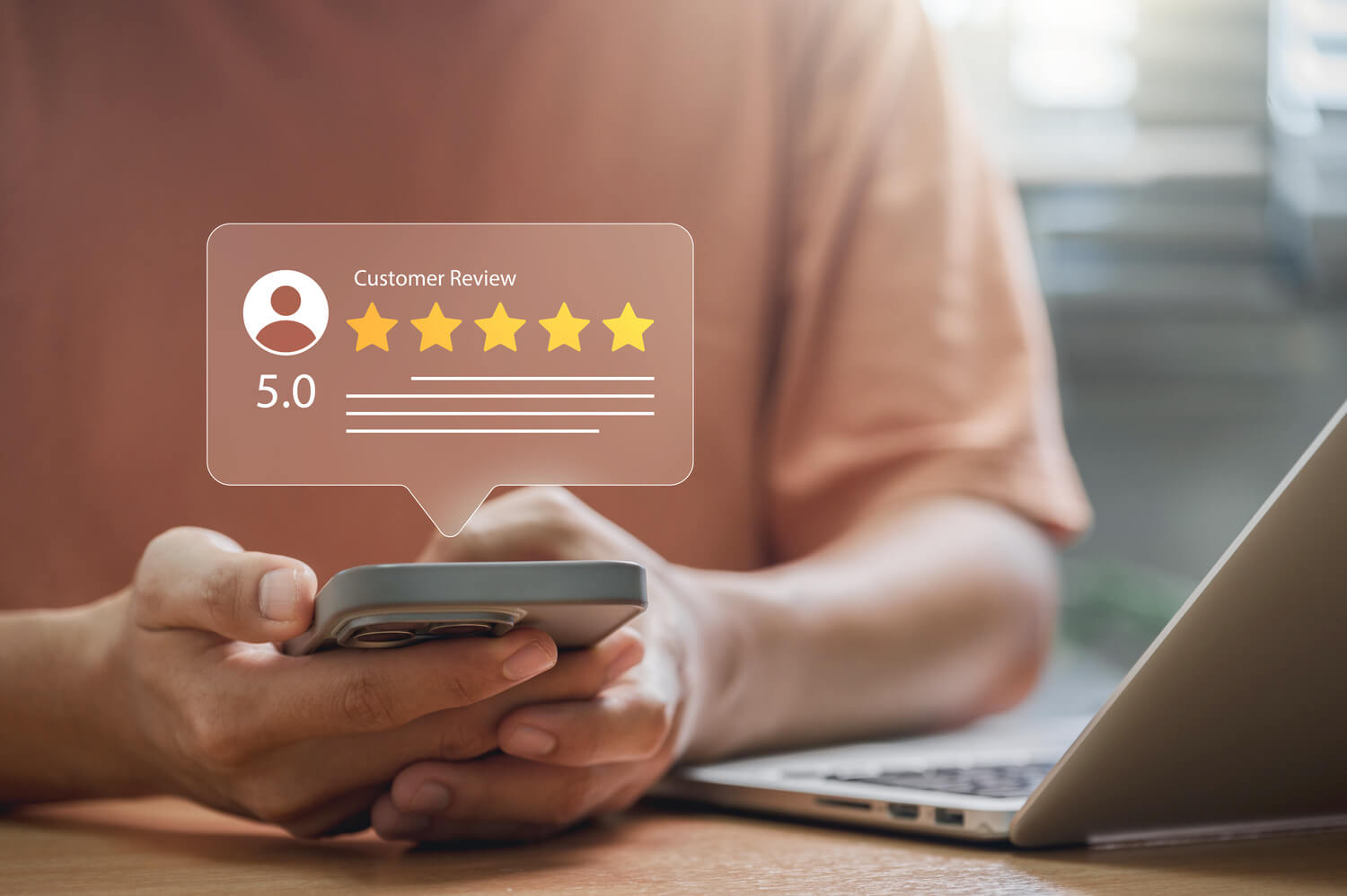
Chapter 2
These days, making data-driven decisions is synonymous with running a successful company. Although there is a nearly endless amount of data, it can be hard to know where to find this information and how to harness it.
Data from E-Commerce Channels
The rise of e-commerce has provided consumers with a more convenient shopping experience and brands with a wealth of data that offers deeper insights into consumer behaviors and preferences. In 2025, total revenue from online transactions is set to surpass $6.5 trillion after a 7.8 percent increase from the previous year.
This growth underscores the importance for brands to harness online consumer data effectively. In fact, online performance is necessary in some cases—many retailers now require proof of success in the e-commerce space before considering in-store placements.
E-commerce platforms are valuable testing grounds where brands can experiment with packaging designs and features. Real-time feedback can help to refine their approaches.
Smart Packaging Features
Advancements in packaging technology have paved the way for more connected packaging solutions. Features such as QR codes, Near Field Communication (NFC), and digital watermarks give brands the ability to improve trackability and security by ensuring product authenticity and enabling traceability throughout the supply chain.
Like nearly every other industry, AI is making improvements in the packaging industry by optimizing supply chains, inventory management, and quality control. Real-time tracking and data analytics provide opportunities to quickly adjust strategy.

Chapter 3
Over the last several years, sustainability in the packaging industry has gone from a nice-to-have to a business imperative. Consumers demand recyclable packaging that does less harm to the environment, regulatory pressures are intensifying in some parts of the world, and investors are scrutinizing brands for their environmental impact.
Companies should understand that their sustainability initiatives need to have tangible metrics to avoid greenwashing and substantive evidence that they contribute to a circular economy. Sustainable packaging can help to fuel innovation, strengthen brand equity, and maintain a strong competitive advantage.
Innovations in Sustainable Materials
Advancements in packaging materials have helped brands reduce environmental impact without compromising functionality or visual appeal. In order to meet both a changing regulatory environment and new consumer demands, leading brands are investing in lightweight, recyclable designs and even reusable solutions that lower carbon footprints while still maintaining product integrity.
When forming new ideas for packaging, companies look to improve flexible packaging to make it the most user-friendly option for consumers.
Recycling and the Circular Economy
Sustainable packaging plays an important role in supporting the circular economy, which is an economic model designed to minimize waste by keeping materials in continuous use. Packaging that is curbside recyclable and innovative recycling solutions (such as chemical recycling and closed-loop systems) help brands move beyond traditional take-make-dispose models.
In transit, flexible packaging ships flat versus the standard empty rigid bottle format, which means it takes up less space. This allows companies to ship more units with fewer trucks on the road.
Companies that invest in eco-friendly packaging not only appeal to more consumers but also future-proof their operations against tightening sustainability standards and regulations.
Meeting Regulatory Standards
Governments worldwide are imposing regulations on packaging waste, requiring brands to adapt quickly. The European Union’s Packaging and Packaging Waste Regulation, extended producer responsibility laws in Canada, and state-level plastic bans in the U.S. are just a few examples of evolving regulatory pressures.
As these regulations continue to develop, brands that proactively align with these changes will avoid compliance risks with the added benefit of gaining favor with eco-conscious consumers.
Communicating Sustainability Effectively
Your brand can have the most innovative sustainable packaging, but it won’t drive value if consumers don’t recognize its impact. Clear, concise messaging on packaging through design and storytelling—such as recyclability icons, carbon footprint disclosures, or material sourcing information—helps build trust and educate consumers.
Aligning with Corporate Sustainability Goals
In addition to being a component of strategic growth, sustainable packaging serves as a tangible alignment with broader environmental, social, and governance commitments. Brands that embed sustainability into their core business strategies have the opportunity to strengthen their reputation, attract sustainability-focused investors, and future-proof their operations.
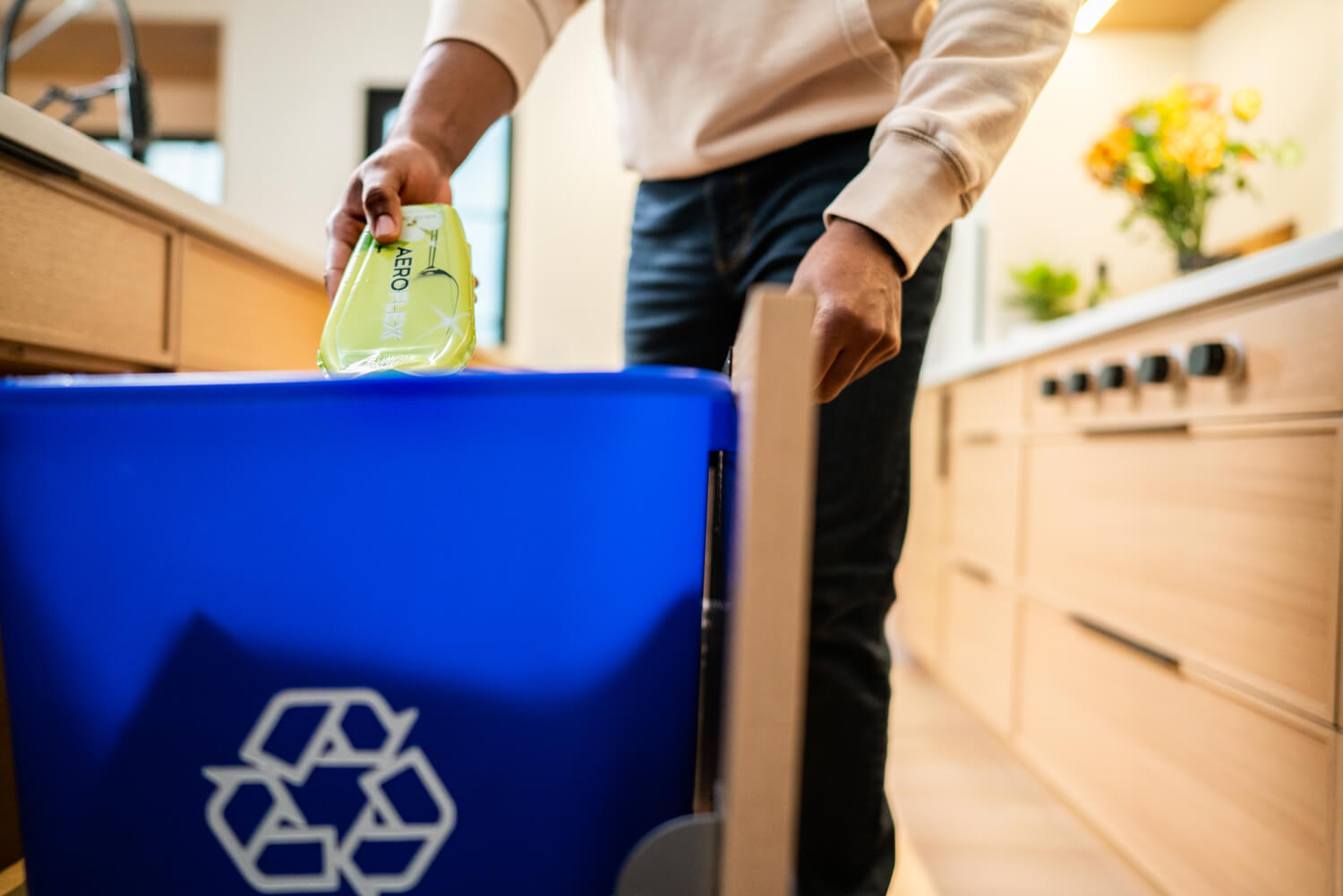
Chapter 4
Switching to a new packaging solutions provider may seem like a risk, but with the right partner, it’s an opportunity for strong ROI, greater efficiency, and long-term brand growth. The right partner is more than a supplier—they’re also a strategic partner that helps brands adapt to innovations, enhance sustainability, and optimize packaging for consumers.
Here are five important attributes to identify in a packaging partner:
1. A Collaborative Approach
You want to avoid as much friction during this transition as you can, so ensure your new packaging provider can offer seamless integration to minimize disruption. They should also be adaptable when meeting regional market needs, quick product launches, or seasonal design requests.
To ensure adaptability at every level, look for an innovative packaging solutions partner that provides customizable options and fast turnaround times to keep pace with changing consumer demands.
2. Deep Industry Expertise
A provider with extensive experience in CPG packaging trends, consumer behavior, and regulatory compliance ensures that brands stay ahead of industry shifts. When evaluating potential partners, ask how they can work as not just a supplier but also a trusted advisor who can offer insights into materials, design innovations, and cost-effective production strategies.
3. Advanced Technology and Innovation
Paired with convenient features that make packaging easier to use, smart and connected packaging can enhance both functionality and consumer engagement. Leaders in packaging solutions leverage technology to optimize manufacturing, distribution, and consumer experience through QR codes, NFC, and digital watermarks.
4. Commitment to Sustainability
Sustainability isn’t just a marketing advantage but also a business necessity. The right packaging solutions partner will use sustainable, recyclable materials that contribute to the circular economy. Find out how their design will help you meet your goals and whether they are able to meet regulatory requirements and consumer expectations.
5. Global Reach and Supply Chain Strength
For brands operating in multiple markets, a packaging provider with global capabilities ensures consistency across regions while adapting to local market needs. A partner with a strong supply chain network can help brands navigate regulatory complexities, material availability, and cost efficiencies without compromising on quality or sustainability commitments.
AeroFlexx: Your Strategic Growth Packaging Partner
At AeroFlexx, we have developed a sustainable packaging solution that is designed to reduce waste, streamline shipping, and enhance the consumer experience.
Here’s what the AeroFlexx Pak offers to brands:
- Effortless customization: With 360-degree branding, your product stands out on shelves and engages consumers from every angle.
- No molds needed: Skip costly molds and maintenance fees while enjoying greater design flexibility for product launches and rebrands.
- One-step, easy tear: No caps, no hassle—just a seamless consumer experience with simple, tear-to-open functionality.
- One-handed operation: The Pak is intuitive and consumer-friendly, making dispensing easy for all consumers.
- Precision dispensing: Ensure controlled, dose-by-dose liquid dispensing that minimizes waste and maximizes product lifespan.
- Robustly tested: The Pak has been tested across multiple categories and found to be preferred more than 2-to-1 over traditional bottles.
- Up to 85 percent less virgin plastic: Reduce plastic use without sacrificing durability, creating a more sustainable packaging solution.
- Simple, cost-effective shipping: Our flat shipping model lowers costs and ensures on-time deliveries by eliminating bulky packaging components.
We understand that switching packaging solutions is a big decision. That’s why we offer businesses the opportunity to test the AeroFlexx Pak before making a long-term commitment. See how our innovative packaging can improve your sustainability efforts, streamline operations, and enhance customer satisfaction—risk-free.
Get the full details on how AeroFlexx is revolutionizing liquid packaging:
Download a PDF version of this guide by filling out the form
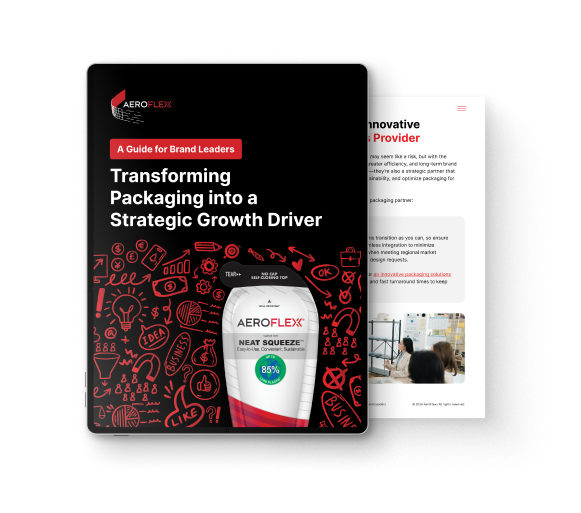





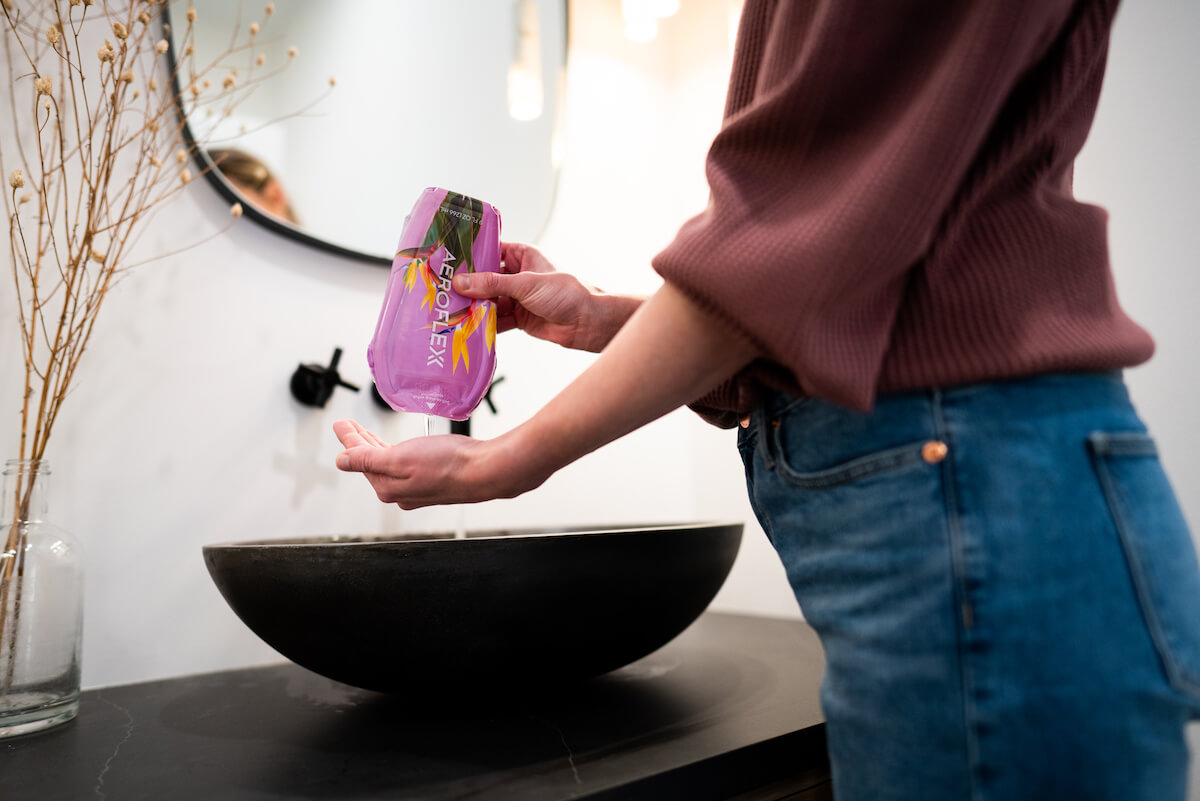


-thumb-Apr-21-2023-01-10-27-3567-PM.png?width=1280&height=720&name=day_in_the_life_with_aeroflexx%20(720p)-thumb-Apr-21-2023-01-10-27-3567-PM.png)



